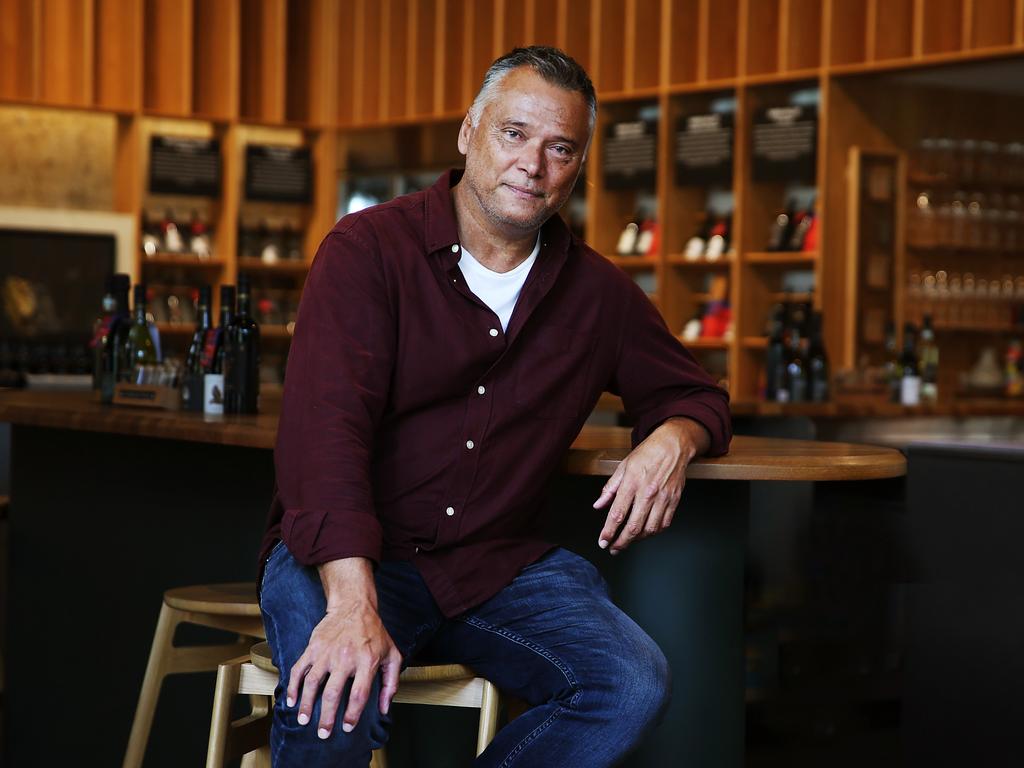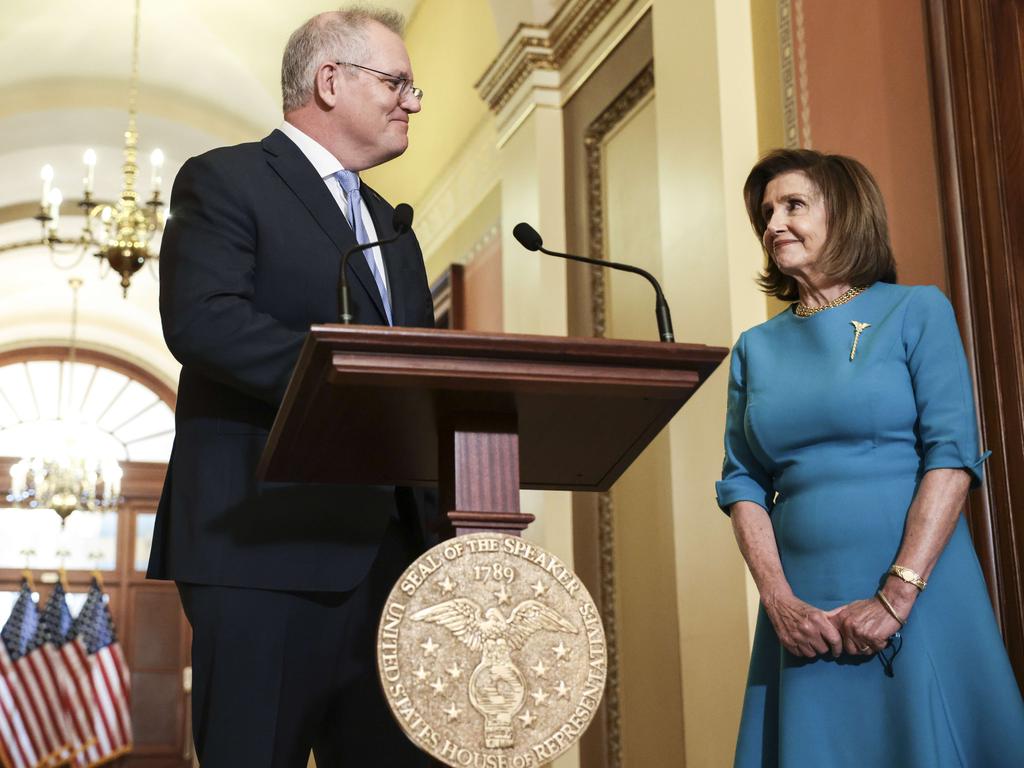AUKUS pact: Ex-subs chief Peter Briggs’s warning over workforce fail
The former head of Australia’s submarine squadron says the nation’s submarine workforce will have to triple to operate a fleet of nuclear-powered subs.

The former head of Australia’s submarine squadron, retired Rear Admiral Peter Briggs, says the nation’s submarine workforce will have to grow to three times its current size to operate a fleet of nuclear-powered subs – a near-impossible feat without buying more conventional boats.
He said training the necessary personnel to crew the promised nuclear-powered submarines would almost certainly require Australia to look at buying at least six more diesel-electric subs, such as evolved “Son of Collins” boats.
Rear Admiral Briggs, who has advised Defence on nuclear submarine workforce issues, also said 10 nuclear-powered boats, rather than the promised eight, would be needed to ensure we had a “critical mass” of experienced personnel in key nuclear oversight roles.
Each submarine a country operates needs two to three times more crew members than the number of berths per boat to allow for deployment, training and supervisory roles.
Australia’s current submarine workforce to crew just six 58-berth Collins-class boats sits at about 900.
Rear Admiral Briggs said that workforce would have to increase to at least 2100 if Australia purchased Britain’s 98-berth Astute-class subs, or 2520 if the US agreed to sell its larger 120-berth Virginia-class subs.
“Given the sort of manpower and numbers we require, we cannot generate them from six conventional submarines,” he said.
“All of my advocacy has been to the effect that you really need to get to 12 conventional subs, which takes your submarine arm from 900 up to around 2100.”
Scott Morrison spectacularly dumped plans to build 12 French-designed conventional submarines a fortnight ago with the AUKUS announcement that Australia would acquire eight nuclear-powered boats with help from the US and Britain.
The decision infuriated French President Emmanuel Macron, and raised questions about the extent to which Australia could be trusted to fulfil its major international contracts.
Australian, US and UK officials have now embarked on an 18-month process to determine which submarine Australia will buy – the Astute or the Virginia, or a combination of the two.
Rear Admiral Briggs said training the necessary submariners would be at least as difficult as building the boats they would serve on.
“I don’t lie awake at night worrying if we can build them. I do lie awake at night worrying if we can man them,” he said.
Without acquiring more conventional submarines, the UK and US would have to sacrifice their own interests to train Australian personnel, he said.
“It is much more attractive to go and build six more ‘Son of Collins’. And if you get to the end of that build and you find things aren’t going well with your SSN (submersible ship nuclear) transition, you can keep building. You’ve got a fallback.”
Rear Admiral Briggs said the other key personnel issue was the need to train and retain high-level nuclear engineers.
He said his analysis suggested at least 10 nuclear submarines would be needed to maintain sufficiently qualified supervisors, including a national head of nuclear submarine capability.
“The British and the French, when I looked at it in 2013, both had 13 crews active. And they struggled to sustain that position,” Rear Admiral Briggs said.
Australian Strategic Policy Institute senior analyst Marcus Hellyer backed the assessment, declaring: “You can’t develop submariners without boats.”
He said the workforce challenge would be a critical determinant of the success of the nuclear submarine program.
“There are just not enough boats to generate enough submariners in the Collins fleet alone, particularly as it starts ageing and ramping down,” Dr Hellyer said.
“We are flat out trying to keep the current numbers with Collins. So how you actually increase numbers to that extent with just six Collins boats, I just don’t get it.”
Australia signed the AUKUS defence pact with the US and UK on September 16, giving the country access to highly guarded nuclear submarine technology.
The nuclear sub program, to counter an increasingly belligerent China, is the nation’s biggest-ever defence announcement.








To join the conversation, please log in. Don't have an account? Register
Join the conversation, you are commenting as Logout